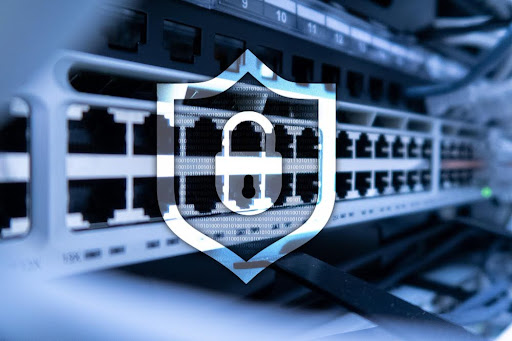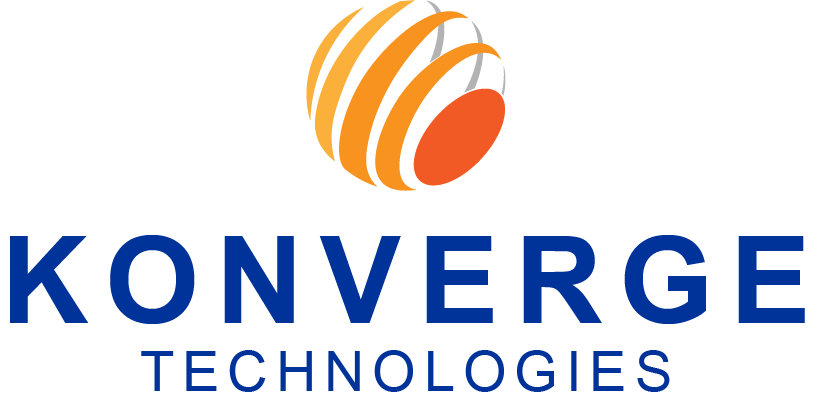
Cisco Firewall Solutions: Key Features and Capabilities

Cisco’s firewall portfolio includes purpose-built appliances, virtualized firewalls, and cloud-delivered security services that are all intended to secure contemporary hybrid enterprises. From purpose-built next-generation firewalls (NGFW) that perform application-layer traffic inspection to cloud-native Secure Internet Gateway services that guard remote users, Cisco firewall solutions are engineered to provide visibility, control, and coordinated threat response across on-prem and cloud environments.
Cisco Firewall Portfolio Overview
Cisco Secure Firewall family (such as Firepower/Threat Defense), cloud-managed Meraki MX appliances, and cloud-delivered services such as Cisco Umbrella collectively cover various use cases, i.e. branch, datacenter, cloud, and remote users. Secure Firewall appliances have deep packet inspection, intrusion prevention (IPS), and next-generation malware defense, whereas Meraki MX has cloud-simplified management and quick branch deployment. Cisco Umbrella incorporates DNS-layer protection, secure web gateway and CASB features as a cloud-delivered layer of security.
Key Features and Capabilities
Application and User Visibility
Cisco firewalls today recognize applications and apply policies based on application, user identity, and risk context, not merely ports and IPs. This application awareness allows for fine-grained allow/deny and quality-of-service policies that enable security aligned to business needs.
Deep Packet Inspection and Intrusion Prevention
NGFW features encompass deep packet inspection (DPI) and built-in intrusion prevention systems (IPS) that can identify and block exploits, lateral movement, and command-and-control traffic. Cisco’s threat-centric NGFWs integrate signature, behavioral, and protocol examination to identify advanced attacks.
Threat Intelligence and Coordinated Response
Cisco Talos and SecureX offer threat intelligence and orchestration throughout the security stack—enabling firewalls to block threats identified elsewhere within the environment and streamline investigations. Integration with Cisco SecureX allows coordinated response, automated playbooks, and centralized visibility across endpoints, network, and cloud.
Cloud-Delivered Protection and SIG
For cloud-first workloads and remote users, Cisco provides cloud-delivered Secure Internet Gateway (SIG) services that integrate DNS-layer protection, secure web gateway, cloud-delivered firewall, and CASB capabilities, alleviating the load on on-prem appliances and securing users anywhere. These features are needed when perimeter perimeters are fuzzy.
Centralized Management and Automation
Cisco delivers centralized management consoles (e.g., Secure Firewall Management Center, Meraki Dashboard, and Cloud Manager) that make policy rollout, logging, and incident response in distributed environments simple. These enable automation, monitoring of devices, and migration between device families and virtual/cloud firewalls.
Performance, High Availability and Segmentation
Cisco firewalls are designed for performance, small-branch 200-series devices through high-throughput datacenter appliances, and offer HA clusters, active/standby failover, and micro-segmentation strategies based on identity services for enhanced east-west controls.
Deployment Models and Typical Use Cases
Cisco firewalls accommodate a wide range of deployment scenarios: edge/branch security with Meraki MX, campus and datacenter security with Secure Firewall Threat Defense (FTD), cloud-native protections through Umbrella, and hybrid meshes that blend SD-WAN and firewall policies for unified security across sites. A layered model can be followed by enterprises—DNS and cloud filtering at the edge, NGFW for deep packet inspection on key crossroads, and micro-segmentation in the inner domains.
Best Practices: Management, Patching, Resilience
Visibility needs to be centralized, and patching needs to be done fast. Recent advisories have demonstrated that firewall management components that are not patched can be taken advantage of, and the need for timely updates, configuration hardening, and vendor recommendations should be strongly emphasized. Have a lifecycle program for firmware and management servers, implement role-based admin access, and subscribe to threat feeds to keep policies up to date.
Choosing the Right Cisco Firewall Solution
Choosing between Secure Firewall, Meraki MX, or cloud SIG is based on scale, depth of inspection needed, management model, and integration requirements. Companies that require deep inspection and next-generation threat prevention normally have Secure Firewall NGFWs; those with easy cloud management for numerous branches tend to like Meraki MX, while cloud-first or very mobile workers gain from Umbrella/SIG. Architecture must include consideration for visibility, automation, and the capacity to integrate into wider security orchestration.
Conclusion
Cisco firewall solutions provide a complete set of capabilities, ranging from NGFW-level DPI and IPS to cloud-delivered SIG and centralized orchestration, aimed at securing hybrid, multi-cloud businesses. Successful deployments integrate layered defense, centralized management, and a rigorous patching and monitoring regimen.
For those organizations requiring design, deployment, and managed services to operationalize Cisco security, i.e. firewall choice, migration, and continuing SOC integration, Konverge offers certified Cisco professionals and end-to-end solutions to ensure firewalls are effective, secure, and aligned to business goals.



